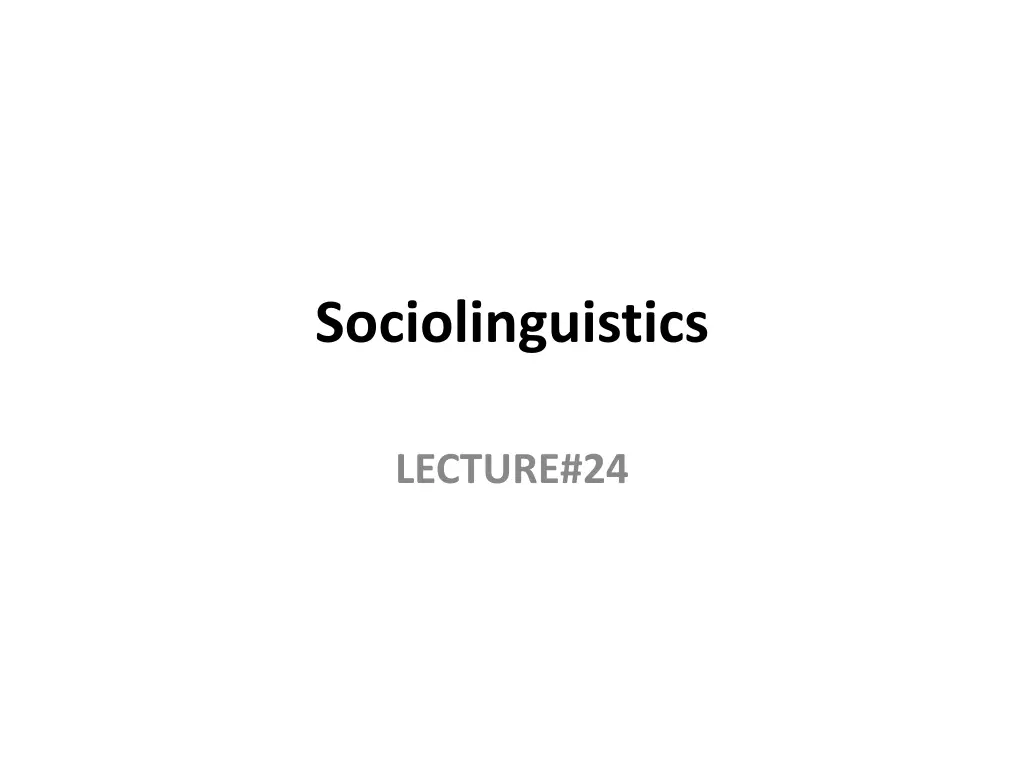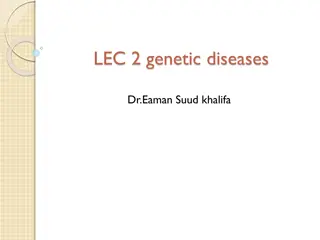
Understanding Language Variation and Power Dynamics in Sociolinguistics
Explore the intricate relationships between language varieties, dialects, power, solidarity, and identity in sociolinguistics. Delve into how language usage reflects societal structures and influences local identity and autonomy. Witness the dynamics of linguistic power and solidarity through examples of Standard English, Parisian French, Alsatian, Breton, Dutch, and German dialects.
Download Presentation

Please find below an Image/Link to download the presentation.
The content on the website is provided AS IS for your information and personal use only. It may not be sold, licensed, or shared on other websites without obtaining consent from the author. If you encounter any issues during the download, it is possible that the publisher has removed the file from their server.
You are allowed to download the files provided on this website for personal or commercial use, subject to the condition that they are used lawfully. All files are the property of their respective owners.
The content on the website is provided AS IS for your information and personal use only. It may not be sold, licensed, or shared on other websites without obtaining consent from the author.
E N D
Presentation Transcript
Sociolinguistics LECTURE#24
Sociolinguistics Introduction to sociolinguistics Different dialects Varieties of dialects Grammatical accuracy Different language community Language vocabulary
Sociolinguistics A detailed explanation The exotic character of language The familiar language Language communities Language in relation to society
Sociolinguistics However, everyday use of Alsatian is a strong marker of local identity; it is an important part of being Alsatian in France. We can contrast this situation with that in another area of France. In Brittany a separatist movement, that is, a movement for local autonomy if not complete independence, is centered on Breton, a language which, unfortunately for those who speak it, is in serious decline. Breton identity no longer has the support of widespread use of the language.
Sociolinguistics The various relationships among languages and dialects discussed above can be used to show how the concepts of power and solidarity help us understand what is happening. Power requires some kind of asymmetrical relationship between entities: one has more of something that is important, e.g. status, money, influence, etc., than the other or others. A language has more power than any of its dialects. It is the powerful dialect but it has become so because of non-linguistic factors.
Sociolinguistics Standard English and Parisian French are good examples. Solidarity, on the other hand, is a feeling of equality that people have with one another. They have a common interest around which they will bond. A feeling of solidarity can lead people to preserve a local dialect or an endangered language to resist power, or to insist on independence. It accounts for the persistence of local dialects, the modernization of Hebrew, and the separation of Serbo- Croatian into Serbian and Croatian.
Sociolinguistics The language dialect situation along the border between the Netherlands and Germany is an interesting one. Historically, there was a continuum of dialects of one language, but the two that eventually became standardized as the languages of the Netherlands and Germany, Standard Dutch and Standard German, are not mutually intelligible, that is, a speaker of one cannot understand a speaker of the other. In the border area speakers of the local varieties of Dutch and German still exist within that dialect continuum and remain largely intelligible to one another, yet the people on one side of the border say they speak a variety of Dutch and those on the other side say they speak a variety of German.



![Lec [2] Health promotion](/thumb/274962/lec-2-health-promotion-powerpoint-ppt-presentation.jpg)
